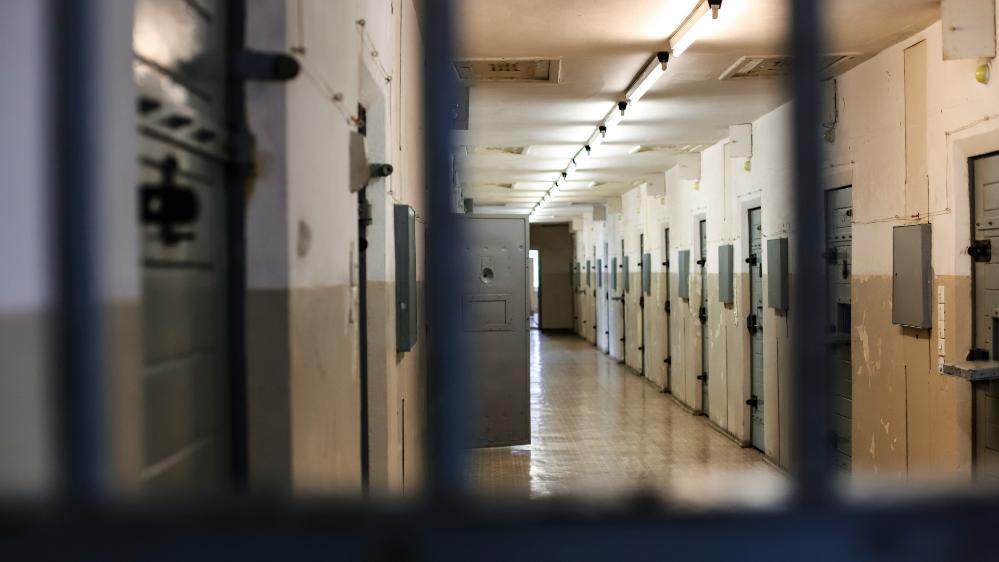February 15, 2024
UOW researchers to develop AI technology for suicide prevention in prisons
Funding to explore innovative solutions to NSW Government agencies challenges
University of Wollongong (UOW) researchers Professor Bronwyn Everett, Dr Rebecca Bosworth and Professor Wanqing Li, have received funding through the NSW Government’s Small Business Innovation & Research (SBIR) program to explore the feasibility of AI based health monitoring as a suicide prevention tool in NSW corrections centres.
The SBIR program is a state government initiative that provides competitive grants to small and medium-sized enterprises to find and commercialise innovative solutions to challenges identified by NSW Government agencies.
The team, who cross UOW’s School of Nursing and School of Computing and Information Technology, along with researchers from Western Sydney University and 3Aim Solutions, will explore the feasibility of a radar-based solution paired with AI to monitor the vital signs of people in prison at NSW correctional centres while in their cells.
The technology will be used to monitor ‘at-risk’ individuals while they are in prison and help prevent self-harm among people at increased risk in prison, which could result in suicide.
Professor Bronwyn Everett said that the initiative allows cross-discipline, and cross-industry teams to collaborate to develop real-world solutions to global challenges.
“Self-harm and suicide prevention in correctional facilities is a public health priority that requires expertise from a diverse range of specialties – from health care to technology and first-hand experience in these spaces,” Professor Everett said.
“We hope that through this study we can develop a solution that will improve the health and well-being of priority populations who are at increased risk.”
In NSW, 12.8 per cent of people entering prison in 2020 reported a history of self-harm and 11.8 per cent attempted suicide. Currently, NSW correctional centres have several monitoring systems, including cell cameras, monitoring rooms manned by officers, and routine physical cell checks performed by officers.
However, the monitoring of vital health signs for at-risk people in prison is currently reliant on camera or human vision that monitors numerous people in cells simultaneously.
Over a three-month long feasibility study the team will develop a real-time, contactless, technologically advanced system, which when placed in high-risk settings would allow Corrective Services NSW to provide an advanced level of monitoring of vital health signs that has not been possible before.
Dr Rebecca Bosworth said the project is a unique opportunity to improve the health outcomes of people in contact with the justice system.
“As a Registered Nurse with clinical experience providing health care for people in prison, I believe this project presents a unique opportunity to support Corrective Services NSW and Justice Health NSW professionals to respond promptly, effectively and ethically to the challenging and complex needs of people in prison to prevent self-harm and suicide,” Dr Bosworth said.
“An investment in preventative measures via digital technologies, to complement existing methods, provides an opportunity to improve the health outcomes of people in contact with the justice system and return healthier people to our communities.”
The initiative of self-harm and suicide prevention aligns with the United Nations Sustainable Development Goals (SDGs), specifically SDG 3, to ensure healthy lives and promote well-being for all at all ages.
“Given ‘prison health is public health’, it is great to be part of a team committed to addressing the SDGs, acknowledging the diverse and specific needs of people in prison, addressing real-world challenges and developing solutions,” Dr Bosworth said.
If successful, team will have the opportunity to apply for further funding to undertake a proof-of-concept in 2024 and the NSW Government will consider procuring successful solutions developed through the SBIR program.
